Tips and Tricks
Assemble Your Invitations
Leave yourself enough time to address and stuff all those envelopes. We can do it for an extra fee, but if you (and the lucky friends you've recruited) are doing the job, here are a few guidelines:
The invite goes on the bottom, then stack your enclosures on top in order of largest to smallest (the smallest goes on the very top of the pile).
The RSVP card should be tucked into the flap of the reply envelope (so the flap covers part of the text).
Place everything in the inner envelope so the text is facing outward—that way guests can read the invitation as they take it out.
Put the unsealed inner envelope inside the outer envelope with the guests' names facing outward.
Note: Outer envelopes aren't required and are usually reserved for traditional invitations.
Weigh a Complete Invitation
Before you mail your wedding invitations, ask the post office to weigh a fully assembled envelope so you know exactly how many stamps you'll need. This step may sound tedious, but the alternative could mean invites returned for insufficient postage, which will throw your entire wedding planning timeline for a loop. Enclosures typically increase postage, so keep that in mind when you're deciding on inserts like maps or reception cards.
Have Your Invitations Hand-Processed or Hand-Canceled
Machines at mail centers can only process certain envelope shapes and sizes—generally rectangles that are a minimum of 3.5 by 5 inches to a maximum of 6.125 by 11.5 inches. If your envelope is an odd shape (say, square), even if it falls within those dimensions, you may end up paying a 20 cent non-machinable fee per envelope. With larger invites (more than 3.5 ounces or bigger than 6.125 by 11.5 inches)—like a boxed invitation—you won't have to pay the surcharge to hand-process them. Even if your invitation doesn't meet the non-machinable criteria, consider paying the extra fee to have them hand-processed—it will guarantee that your mail will be sorted by a person rather than a machine, which can bend or soil envelopes. Another option is hand-canceling (just a stamp that says your mail is processed). In most cases, this option is free, but check with your local post office first to make sure they have a hand stamp. The big caveat: Most post offices try to keep hand-canceled mail separate from regular mail, but there's no guarantee that your invitations won't also go through the processing machines.
Put a Stamp on It
After all the work you've put into your envelopes and invitations, don't ruin the cohesive look by sticking any regular stamp on it. TheKnotShop.com has cute, customizable stamps, and you can also browse special stamps on USPS.com. And don't forget to order enough for your RSVP envelopes too! You don't want your guests to drop their envelopes in the mail without a stamp or to make them pay for postage to RSVP to your event. Make it easy for them to reply by including a stamp on the RSVP envelope. You'll ensure they get back to you without a hitch.
Mail Them Out
You're done! Send out your invitations six to eight weeks before the wedding—or 10 to 12 weeks in advance if you're having a destination wedding.
